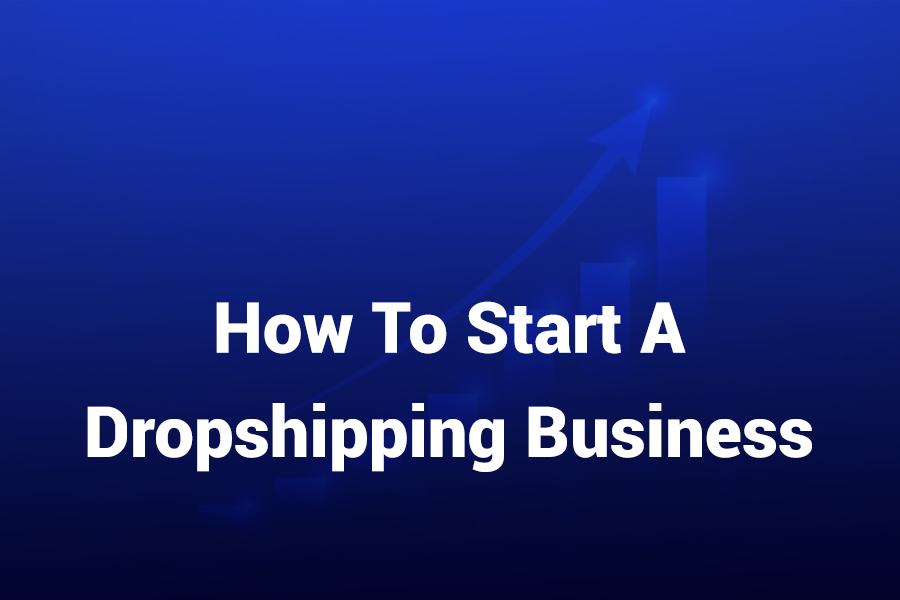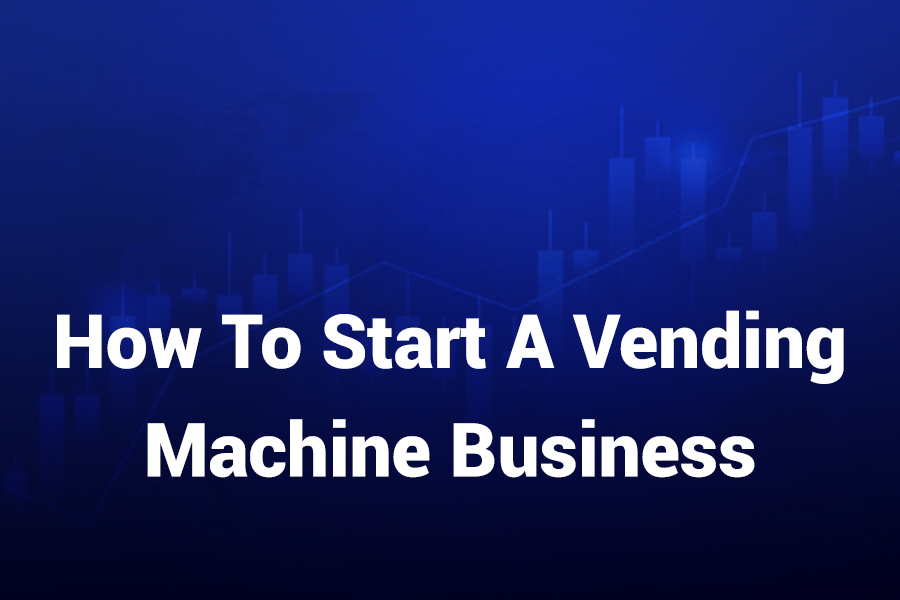- Home
- Our Services
- PedroVazPaulo Coaching
- PedroVazPaulo Executive Coaching
- PedroVazPaulo Marketing Consulting
- PedroVazPaulo Entrepreneur
- PedroVazPaulo Real Estate Investment
- Pedro Paulo Business Consultant
- PedroVazPaulo Wealth Investment
- PedroVazPaulo Business Consultant
- PedroVazPaulo Operations Consulting
- PedroVazPaulo Strategy Consulting
- Blog
- About
- Contact

Starting a dropshipping business can feel like unlocking a golden opportunity—especially in the U.S. where e-commerce is booming. With minimal upfront investment and no inventory to manage, you can launch a store from your laptop.
But success isn’t automatic. You’ll need thoughtful planning, smart marketing, and consistent execution. In this article, you’ll learn the exact steps to set up your store, find winning products, pick reliable suppliers, build a brand, attract customers, and scale for growth.
- Understand the Dropshipping Model
Dropshipping is a retail fulfillment method where you sell products that you don’t physically stock; instead, when a customer places an order, you forward it to a third-party supplier who handles storage and shipping. You act as the storefront.
Because you don’t manage inventory or fulfillment, your startup costs stay low. However, profit margins tend to be smaller, and you’ll rely heavily on your suppliers’ timeliness and quality.
In the U.S. market, dropshipping remains viable—but only if you differentiate and provide value, not just rehash generic listings.
- Choose a Profitable Niche
Selecting the right niche is one of the most critical decisions you’ll make. Go too broad and you’ll face huge competition. Go too obscure and you may struggle to find buyers.
Start by identifying what interests you and what the market demands. Use tools like Google Trends or keyword research to track consumer interest. Explore marketplaces like Amazon, eBay, and niche sites to see what products are trending.
Focus on products that are:
- Lightweight and low shipping cost (helps U.S. buyers)
- Solve a problem or appeal to a passion
- Not widely available locally (so your offer feels unique)
Once you pick a niche, you’ll be better positioned to tailor your marketing and branding strategically.
- Conduct Competitor and Market Research
Before you launch, study your competition. Type your prospective products into Google and see who’s ranking. Evaluate their pricing, branding, product descriptions, and social proof.
Ask questions like:
- What are their strengths and weaknesses?
- How fast do they ship to U.S. buyers?
- Do they offer excellent customer service?
Your goal is to spot a gap—maybe better shipping speed, higher quality images, more reliable branding, or an under-served audience. By refining your angle, you gain a competitive edge.
- Source Reliable Suppliers
Your supplier is the backbone of your dropshipping business. A good supplier ensures product quality, reliable shipping, and timely communication. A poor one can damage your reputation instantly.
When vetting suppliers, look at:
- Location: U.S., Canada, or fast international shipping to U.S. addresses
- Minimum order size and fees
- Integration tools (for automated fulfillment)
- Return policy and packaging quality
Establish a shortlist of 2-3 suppliers per product category so you have a backup if one fails. Treat this like part of your brand promise—“fast U.S. shipping,” “premium packaging,” and more.
- Set Up Your E-Commerce Platform and Brand
Choose a platform that suits your technical comfort and budget. U.S. entrepreneurs often use Shopify, WooCommerce (on WordPress), or Wix. These platforms offer built-in payment gateways, integrations, and themes optimized for conversions.
When setting up:
- Choose a memorable domain name that reflects your niche
- Use a clean, responsive theme (mobile is essential)
- Create compelling product pages with high-quality images and benefits-focused copy
- Set clear shipping, return, and privacy policies
Branding isn’t optional—even for dropshipping. A strong brand builds trust, improves retention, and allows you to command higher prices. Design a consistent logo, color palette, and tone of voice across your site and social channels.
- Plan Your Legal, Financial, and Administrative Setup
Even with low startup costs, your business is still a business. If you plan to operate in the U.S., you’ll need to consider:
- Registering a business entity (LLC, S-Corp, etc.) for liability protection
- Obtaining an Employer Identification Number (EIN) and opening a business bank account
- Sales tax obligations (varies by state and where your supplier ships from)
- Accounting and bookkeeping (track everything from ad spend to supplier costs)
A small cushion of $500-$1,000 can cover your initial platform fees, branded assets, and basic marketing. While dropshipping lets you start lean, you still need cash flow discipline.
- Launch Your Store and Optimize for Conversions
With your platform ready and products selected, it’s time to go live. But launch is just the beginning. Focus on conversion optimization:
- Make your site load fast and navigate easily
- Use persuasive calls-to-action like “Add to Cart” or “Limited Time Offer”
- Display trust badges (“U.S. Shipping,” “30-Day Returns,” etc.)
- Offer free shipping thresholds or bundle deals to increase average order value
Monitor metrics like bounce rate, average time on page, and checkout abandonment. Adjust copy, layout, or images based on what users actually do. Real-time feedback pays off.
- Drive Traffic and Grow Sales
Traffic is the lifeblood of your dropshipping store. To reach U.S. buyers, employ a mix of strategies:
- Search Engine Optimization (SEO): Optimize your pages for keywords your customers use.
- Paid ads: Facebook Ads, Instagram, and Google Ads are effective for targeted U.S. audiences. Start with an initial budget of $300-$500 to test ad sets.
- Social media marketing: Create content around your niche, engage followers, and use stories and reels to build awareness.
- Email marketing: Capture visitor emails (via pop-ups or exit intent) and segment them for personalized messages and promotions.
- Influencer partnerships: Micro-influencers in your niche can provide authentic reach at lower cost.
Keep testing messaging, creatives, audiences, and placements. Winning ad campaigns usually take multiple iterations.
- Provide Excellent Customer Service and Fulfillment
Your suppliers handle shipping, but you handle the customer. Mistakes in shipping or returns reflect directly on your brand. Establish processes such as:
- Automated order notifications and tracking updates
- Clear and customer-friendly return policy
- Rapid response to queries within 24 hours
- Post-purchase follow-ups and requests for reviews
U.S. buyers expect high service levels—delays or lack of transparency hurt retention and word-of-mouth. Treat your customers like VIPs.
- Monitor Metrics, Optimize, and Scale
Once your store is operating, adopt a continuous improvement mindset. Key performance indicators (KPIs) to track:
- Cost per acquisition (CPA)
- Average order value (AOV)
- Conversion rate (visitors → buyers)
- Return rate and customer lifetime value (CLV)
Use these metrics to guide your decisions. Should you raise prices? Test new ad creatives? Expand your product range? Scaling comes from data-driven insights.
Also, stay aware of market changes. Import tariffs and shipping costs can fluctuate, so be ready to pivot suppliers or adjust your model as needed.
- Avoid Common Pitfalls and Stay Ahead
Many dropshipping businesses never reach their potential because they fall into the same traps:
- Selling commodity products with razor-thin margins
- Ignoring shipping times and disappointing U.S. customers
- Relying only on paid ads without building organic channels
- Neglecting mobile optimization or site speed
- Expanding too fast and confusing the brand
To avoid these mistakes, focus on one niche, know your customer deeply, deliver value, and build repeat business.
- Plan for Growth and Long-Term Sustainability
At first, you’ll focus on setup, traffic, and order fulfillment. But over time, think bigger:
- Build your email list and use it for upsells, cross-sells, and loyalty campaigns
- Offer exclusive bundles or membership/subscription services
- Consider private-labeling your best sellers to improve profit margins
- Expand into marketplaces or your own branded lines
Reinvest profits into better branding, automation tools, and product quality. That’s how you evolve from a side hustle to a full-time business.
Conclusion
Starting a dropshipping business in the U.S. is completely achievable. With minimal overhead, you can create a professional store, source trusted suppliers, attract customers, and scale intelligently.
The real challenge lies in execution. If you commit to your niche, build a strong brand, and consistently optimize operations—while keeping the customer experience front and center—you’ll stand out from the competition. Stay persistent, stay data-driven, and you’ll build a business that lasts.





